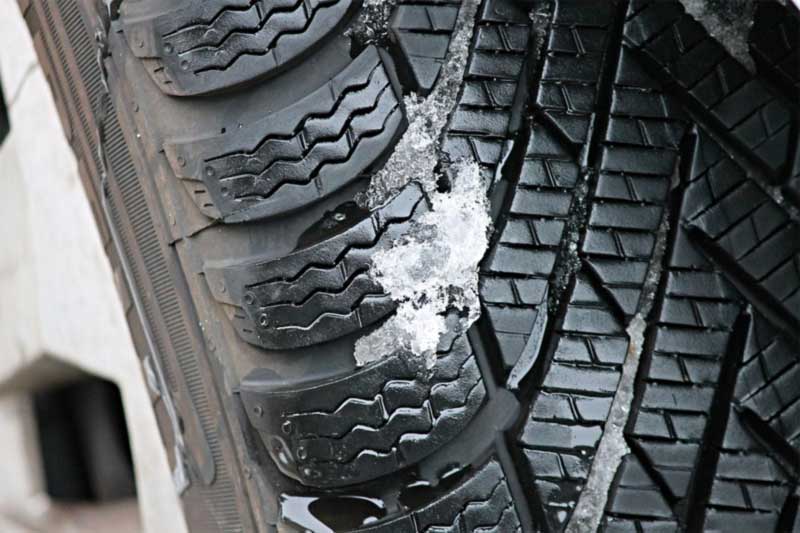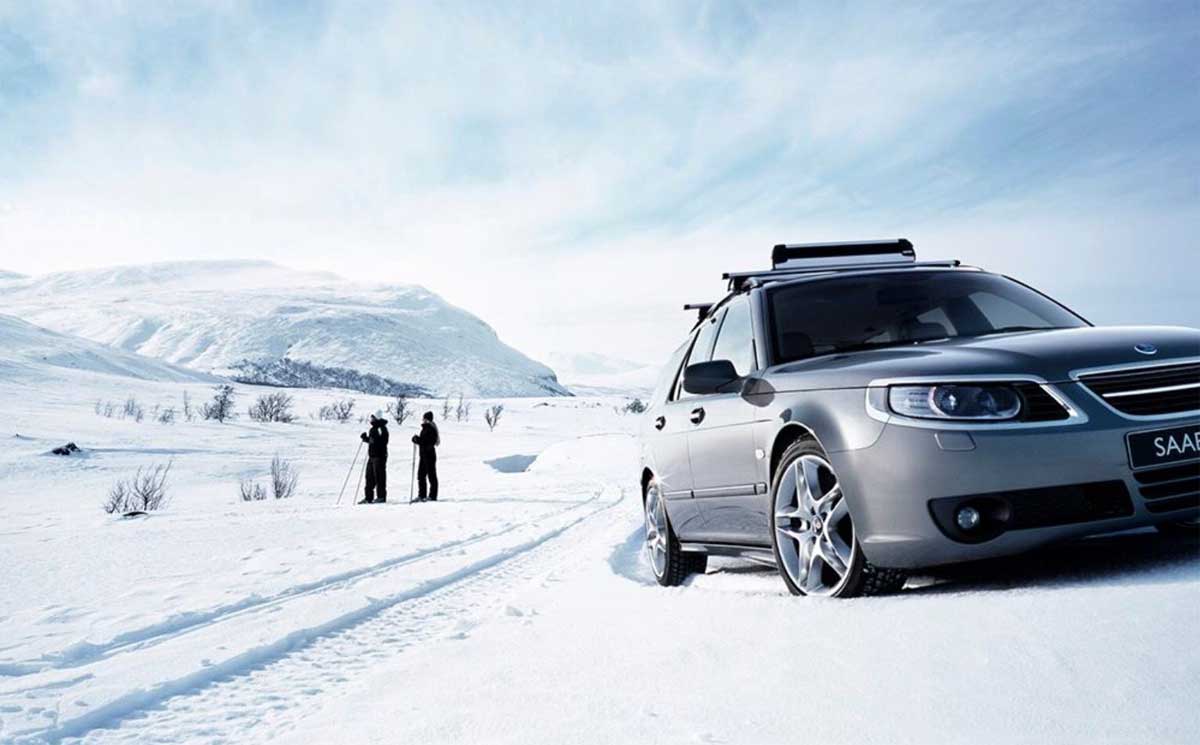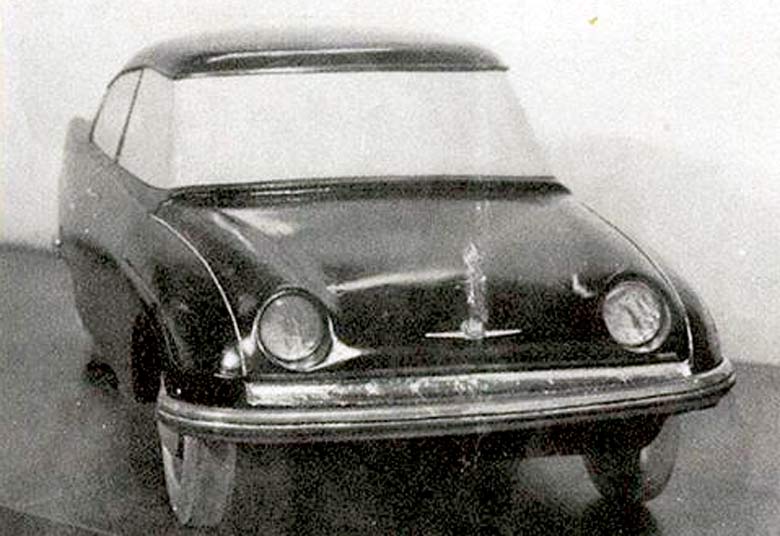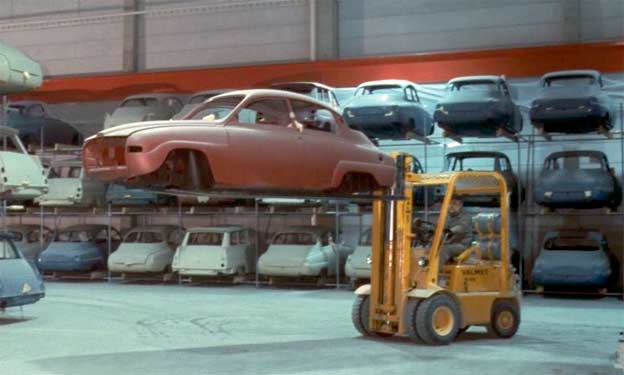Winter is approaching in the northern part of the globe, so it’s not a bad time to remind you how important it is to have appropriate (read: winter) tires on your Saab. Although our Saab cars, thanks to the integrated numerous safety systems such as TCS, ABS and ESP, are very well prepared for slippery winter roads, it is also very important that you have the appropriate tires.
Therefore, as part of the preparations for the operation of the vehicle in winter conditions, change the tires – install winter tires. Of course, this is especially true in areas where snowfall and ice on the road are common.
Table of Contents
Summer-Winter Tire Change
With winter just around the corner, many are preparing for the fateful pit stop at the tire dealer for the usual summer-winter tire change, an operation which will then be repeated in the spring. But more and more motorists are opting for so-called all-season tires, which promise to offer the right compromise in all climatic conditions.
Safety
There is no doubt that the double set of tires represents the best solution to safely face the intense cold and snow-covered asphalts, as well as to withstand the most severe stresses caused by a hot climate. In this sense, in terms of construction and performance, all-season tires represent a compromise between the various needs, also based on the choices of the individual manufacturers.
Sumer Tires
Current summer tires have greater performance than in the past: the tread has almost completely lost the blocks of the grooves, the compound is designed to withstand high temperatures and their characteristics aim to offer shorter braking distances.

Winter Tires
On the contrary, winter tires have special compounds, designed not to harden in the cold, and numerous sipes on the treads, to increase grip on the snow and ice.
All-Season Tires
In search of the right compromise, most all-season tire manufacturers opt to create a sort of “weakened” winter cover (which, in addition to the initials M + S, must bear the Snowflake symbol, a guarantee of adequate performance in the snow): the tread, in fact, incorporates elements of the winter tires, with a few fewer sipes in the blocks, especially on the shoulders, so that it can better resist cornering stresses in dry conditions. The compound, then, is somewhere in between: it remains elastic and adherent down to a few degrees below zero, but without having the performance of a pure winter tires at the lowest temperatures.
The Road Tests
According to numerous tests of winter and all-season tires conducted by numerous agencies and automotive magazines, these tests showed that all-season tires generally perform well in acceleration and braking on snow, while in driving they are less effective than pure winter tires.
Generally, their weak point is constituted by wet surfaces with high temperatures, situations in which they offer lower performance in direct comparison with summer and winter tires: on the dry, however, even in summer weather the performance remains roughly in line with those of specialized tires.
A Logical Conclusion
And to conclude, the best solution and expert recommendation is to have two sets of tires, a set of wheels and tires for summer, and another set for purely winter conditions. Only in this way will you be sure that your Saab will “listen” to you on the road, in any (bad) driving conditions.











